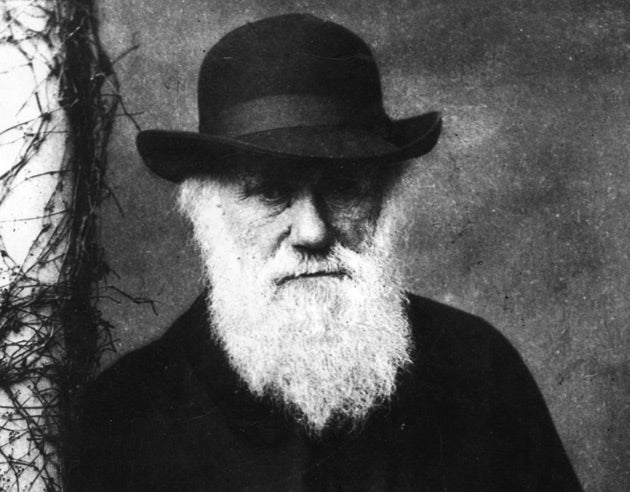A dance for Darwinism
A ballet based on evolutionary theory has some intelligent designs from the art world's fastest-rising star. Gareth Harris reports

Your support helps us to tell the story
From reproductive rights to climate change to Big Tech, The Independent is on the ground when the story is developing. Whether it's investigating the financials of Elon Musk's pro-Trump PAC or producing our latest documentary, 'The A Word', which shines a light on the American women fighting for reproductive rights, we know how important it is to parse out the facts from the messaging.
At such a critical moment in US history, we need reporters on the ground. Your donation allows us to keep sending journalists to speak to both sides of the story.
The Independent is trusted by Americans across the entire political spectrum. And unlike many other quality news outlets, we choose not to lock Americans out of our reporting and analysis with paywalls. We believe quality journalism should be available to everyone, paid for by those who can afford it.
Your support makes all the difference.Kader Attia likes messing with your head. The Algerian artist is nothing if not audacious, creating in-your-face talking points at key art world international events. Attia first shook up the Art Basel Miami Beach fair in 2004 with his Illegal Studio Hallal installation, a replica sweatshop with Hispanic seamstresses toiling in a sweltering and distinctly un-airconditioned container placed on the Florida beach.
Then came his 2005 Art Basel piece, The Loop, a vast tent packed with whirling dervishes and spinning breakdancers, which symbolised the clash between traditional Islamic culture and Muslim youth. But with an installation made up entirely of empty plastic bags raising eyebrows at the TLV 09 Biennale in Tel Aviv (to 26 September), Attia insists he is no provocateur. "The word provocative has spectacular implications," he says. "I believe only in poetry."
Attia's background partly accounts for his incendiary approach. Born in 1970 to a Muslim family of Algerian origin, the artist, who grew up outside Paris, has, in his own words, "explored the effect of the global consumer society on the Muslim immigrant population", addressing identity and gender issues in his unsettling, astute work.
Now the artist has turned to the performing arts, adopting the role of production designer for Comedy of Change, a new work from the Rambert Dance Company which, along with a raft of UK-wide events this year, celebrates the 200th anniversary of Charles Darwin's birth.
"I was drawn to On The Origin of Species as a teenager. I felt alone and became anguished about the notion of infinity. What stuck in my mind is the idea that to survive, we have to adapt," says Attia. But how to represent on stage the cornerstones of Darwinian theory? "The temptation was to make the costumes and set extremely colourful, almost exotic, in light of Darwin's study of the different varieties of finches on the Galapagos Islands," says the artist.
Working with Nicky Clayton, a Cambridge professor specialising in avian development, transformed Attia's thinking. "He showed me films of bird behaviour and I noticed how they camouflaged themselves. I started to think of a minimalist approach."
Mark Baldwin, the choreographer, describes how the project was nurtured: "My first job was to introduce Kader to Stephen Keynes, Darwin's great grandson. We then met Randall Keynes, Stephen's nephew and a Darwin expert, who pointed us to the last chapter in On The Origin Of Species, which discusses the paradox of the beauty of nature and the idea that it's only beautiful because of the constant struggle to survive."
Attia has come up with an astounding image that opens the work in silence: seven chrysalis-like pods, at once transparent and hard-edged, each containing a body. "His exquisite black and white costumes work extremely well as it is hard to distinguish where one body stops and another starts," says Baldwin.
Attia says this monochrome theatrical canvas represents "opposites such as life and death, strength and fragility", recalling his Ghost piece, on view earlier this year at the Saatchi Gallery, which consisted of rows of aluminium foil sculptures depicting Muslim women in prayer. "That work looked strong from the back but it could have been smashed apart," he muses. "I want to convey the same paradox with Comedy of Change."
The tour begins on 16 Sept at Theatre Royal, Plymouth, and continues to 4 Dec (www.rambert.org.uk)
Join our commenting forum
Join thought-provoking conversations, follow other Independent readers and see their replies
Comments